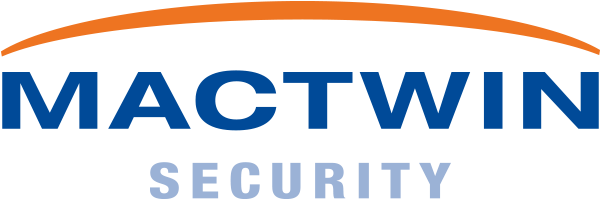Security as a Service
In recent years, the use of cloud applications has also been accepted within the security industry. This makes it possible to offer Security as a Service (SECaaS). What exactly does it mean and what are the advantages and disadvantages?
Most security systems consist of a combination of hardware and software. Think of hardware such as cameras, detectors, locks and sirens – with controllers and servers. Software is usually used for operation. Such systems require a one-time investment, also known as CapEx. These systems are also depreciated and will have to be replaced at some point. If you don’t want to or can’t make such a large investment, an SECaaS solution might be a good choice.
With an SECaaS solution, the application and its components remain the property of the vendor. They provide the system, including maintenance and software upgrades, as a service to the customer. The customer pays a fixed rate per month or other agreed period.
Rise of cloud-based software
SaaS solutions have become popular due to the advent of cloud-based software. This is software that runs (is hosted) in a central environment from which customers are accessed. A good example is Microsoft’s Office 365. A common SECaaS solution in security is access control. An access control system consists of a number of local units (controllers), which are used to control the doors. These are connected to a central database containing the access rights. Traditionally, the database is stored together with the management software on a local server or PC. The modern alternative is a cloud solution where the software and database run on an external server hosted and maintained by the supplier. On location, only a login to this cloud server is available for the customer.
Benefits
A big advantage of SECaaS is, as mentioned, that you are completely unburdened and pay a monthly fixed rate. These are also known as OpEx costs, or operational costs. So no major investment (financing) is required. And you know exactly where you stand; There are no unexpected costs for maintenance, for example. With an SECaaS solution, you are also assured of the latest updates. This is important because (security) updates minimize the risk of data breaches.
Finally, an SECaaS construction gives you flexibility.
It’s often a lot easier to do a system modification or expansion without a whole quotation process and the associated negotiations.
Cons
If you opt for an SECaaS solution, you should realize that your security appliance no longer runs locally on your own server, but on a hosted server in a data center.With such a solution, you do not have complete control over the security risks and you are dependent on the provider. This does not mean that the security risks are necessarily higher. It is important to take a critical look at the reliability of the connection. The available bandwidth is also something to think about. Camera surveillance systems with HD or 4K cameras therefore prefer to run locally. Another objection is that the monthly rate is often not very transparent, making it difficult to make a comparison with other providers.
Conclusion
It depends on your own situation whether an SECaaS solution is the right choice. We recommend that you always take the above factors into consideration.
SECaaS solutions are especially interesting when the amount of local hardware is limited, as this requires a one-time investment on the part of the supplier. The lifespan of the system also plays a role. If your organization will still be operating from the same building in the future, a one-time investment in combination with a suitable service subscription may be the best solution. If, on the other hand, your organization is dynamic and not dependent on a fixed location, then the arrival of cloud services and SECaaS solutions may be a blessing for you. Finally, some security system manufacturers now also offer the possibility to migrate existing systems to a cloud solution.

